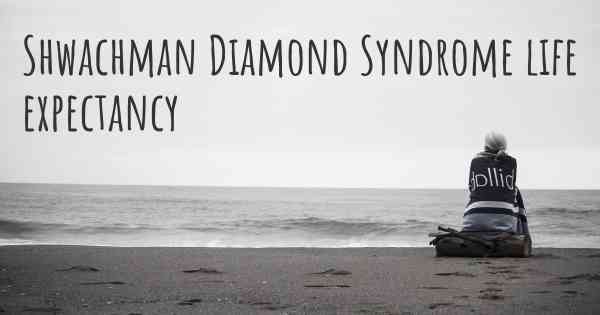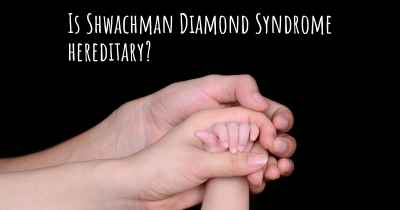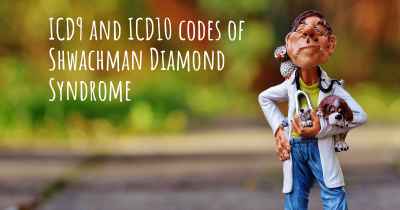What is the life expectancy of someone with Shwachman Diamond Syndrome?
Life expectancy of people with Shwachman Diamond Syndrome and recent progresses and researches in Shwachman Diamond Syndrome

Shwachman Diamond Syndrome (SDS) is a rare genetic disorder that affects various organs, particularly the bone marrow, pancreas, and skeletal system. The life expectancy of individuals with SDS can vary significantly depending on the severity of their symptoms and the management of associated complications. While there is no specific data on life expectancy for SDS, it is important to note that advancements in medical care and treatment options have improved outcomes for individuals with this condition. Regular monitoring, early intervention, and appropriate medical management can help mitigate complications and improve overall quality of life for those affected by SDS.
Shwachman Diamond Syndrome (SDS) is a rare genetic disorder that primarily affects the bone marrow, pancreas, and skeletal system. It is characterized by a range of symptoms including bone marrow dysfunction, pancreatic insufficiency, and skeletal abnormalities. While the severity of the condition can vary from person to person, it is important to understand the potential impact on life expectancy for individuals with SDS.
Bone marrow dysfunction: One of the key features of SDS is bone marrow dysfunction, which can lead to a decrease in the production of blood cells. This can result in a weakened immune system, making individuals more susceptible to infections. In severe cases, bone marrow failure may occur, requiring bone marrow transplantation. The impact of bone marrow dysfunction on life expectancy can vary depending on the severity and progression of the condition.
Pancreatic insufficiency: Another significant aspect of SDS is pancreatic insufficiency, where the pancreas fails to produce enough digestive enzymes. This can lead to malabsorption of nutrients, poor growth, and recurrent infections. While pancreatic enzyme replacement therapy can help manage the symptoms, the long-term impact on life expectancy is influenced by the effectiveness of treatment and the overall nutritional status of the individual.
Skeletal abnormalities: SDS can also affect the skeletal system, leading to various bone abnormalities such as short stature, abnormal curvature of the spine (scoliosis), and delayed bone age. These skeletal issues can impact mobility and overall physical well-being. The severity of skeletal abnormalities can vary, and their influence on life expectancy depends on the extent of impairment and associated complications.
It is important to note that predicting life expectancy for individuals with SDS is challenging due to the wide variability in symptoms and disease progression. Some individuals may experience milder symptoms and have a relatively normal life expectancy, while others may face more severe complications that can impact longevity.
Medical management: Regular medical monitoring and appropriate management of symptoms are crucial in improving the quality of life and potentially extending life expectancy for individuals with SDS. This includes close monitoring of blood counts, nutritional support, pancreatic enzyme replacement therapy, and addressing any skeletal abnormalities or complications that may arise.
Research and advancements: Ongoing research into SDS and related treatments may lead to improved understanding and management of the condition, potentially impacting life expectancy. As medical knowledge advances and new therapies emerge, the prognosis for individuals with SDS may improve over time.
In conclusion, the life expectancy of someone with Shwachman Diamond Syndrome can vary significantly depending on the individual's specific symptoms, disease progression, and access to appropriate medical care. It is essential for individuals with SDS to work closely with their healthcare team to manage symptoms, address complications, and optimize overall health. While it is challenging to provide a specific life expectancy range, early diagnosis, comprehensive medical management, and ongoing research offer hope for improved outcomes and a better quality of life for individuals with SDS.








